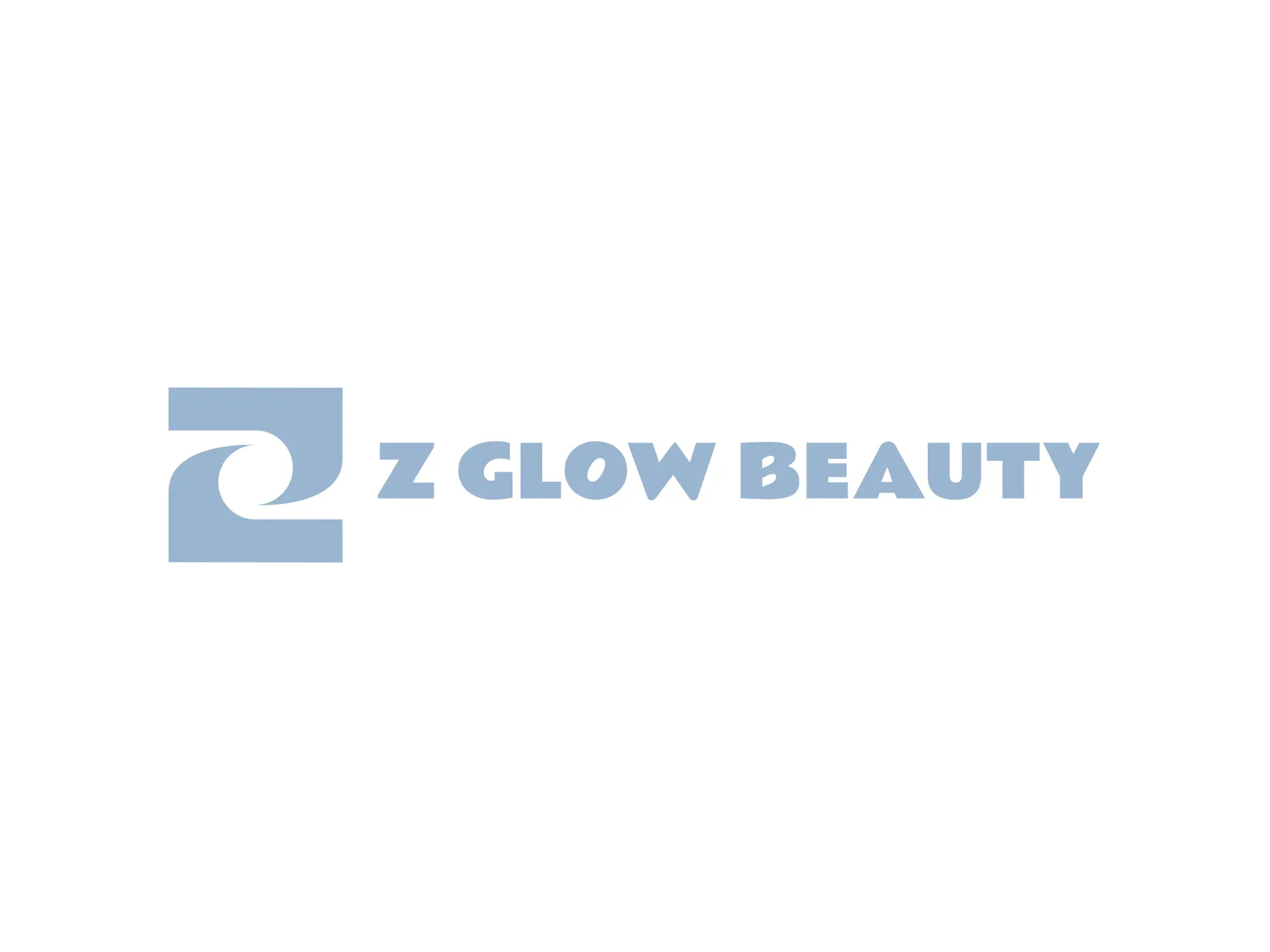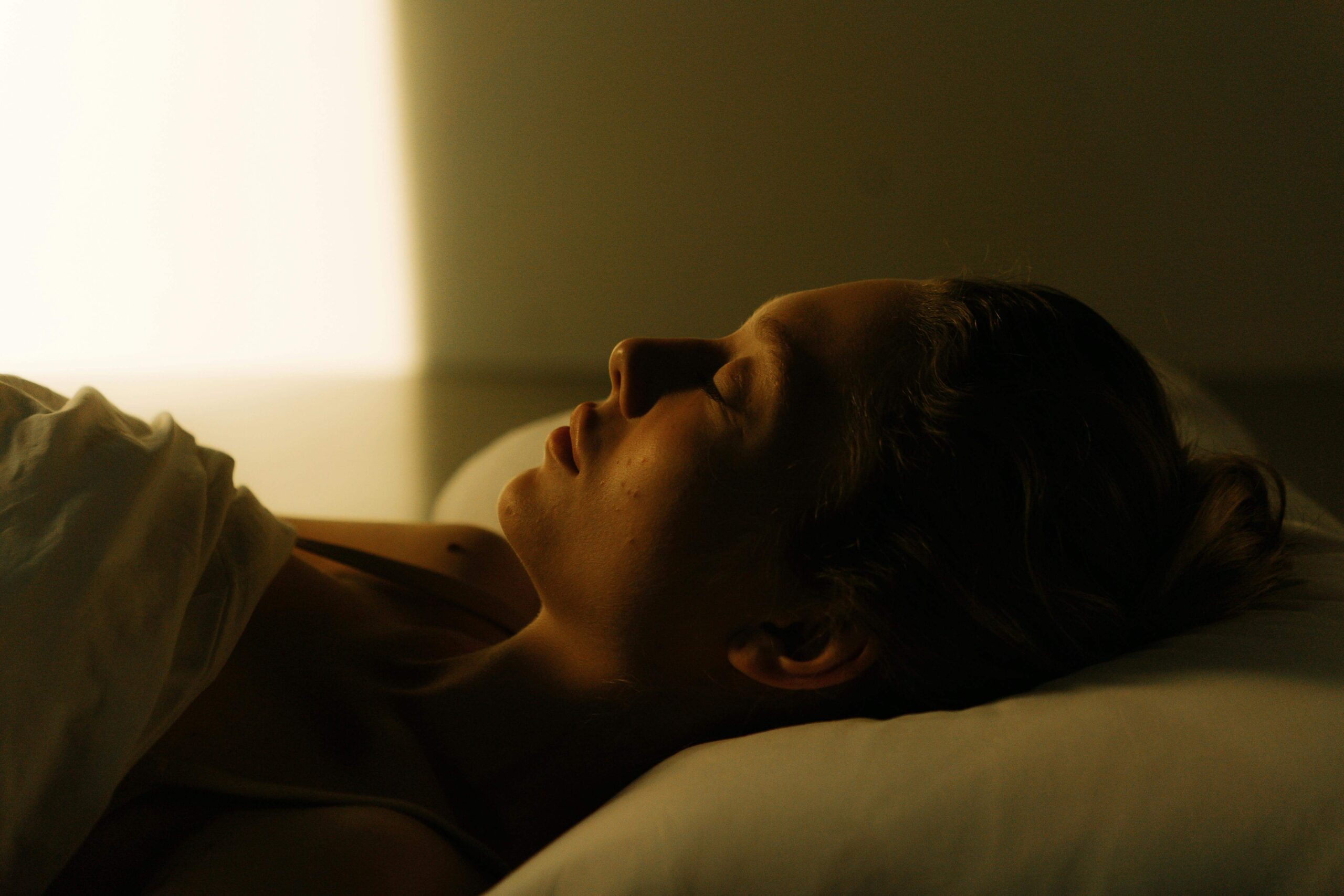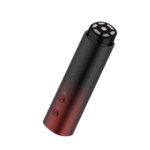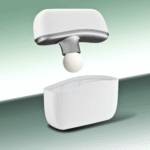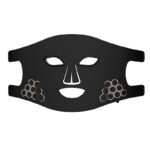In our modern world, hacking our biology often starts with reclaiming our nights. We live surrounded by blue light from screens—phones, laptops, TVs—which, while great for daytime alertness, wreak havoc on our sleep cycles. This constant blue light exposure tricks our brains into thinking it’s still midday, suppressing the production of melatonin, our natural sleep hormone. The result? Difficulty falling asleep, restless nights, and waking up feeling drained.
But what if the solution wasn’t just avoiding the “bad” light, but strategically using “good” light? This is where Red Light Therapy becomes a powerful tool for sleep optimization.
Unlike the stimulating blue end of the spectrum, red and near-infrared light are calming and restorative. Emerging research suggests that exposing yourself to these specific wavelengths in the evening can help counteract the day’s blue light overload. This exposure is thought to support the specialized photosensitive cells in our eyes, helping our brains receive the correct signal that it’s time to wind down and prepare for rest.
Furthermore, Red Light Therapy is known to help lower cortisol, the stress hormone, promoting a state of deep relaxation. By incorporating a 10-15 minute session into your nightly routine—perhaps while reading or meditating—you create a powerful “sleep sanctuary.” You are not just blocking out disruptive light; you are actively signaling to your body and mind that it’s time for deep, restorative sleep.
This isn’t just about feeling less tired. It’s about taking back control of one of the most critical pillars of our health, using the targeted power of light to reset our natural rhythm.
